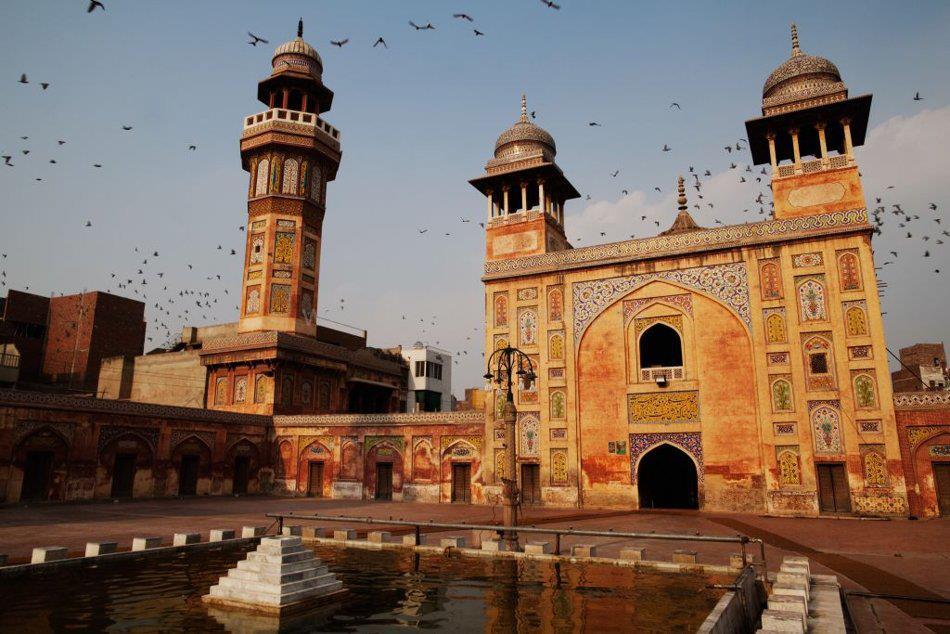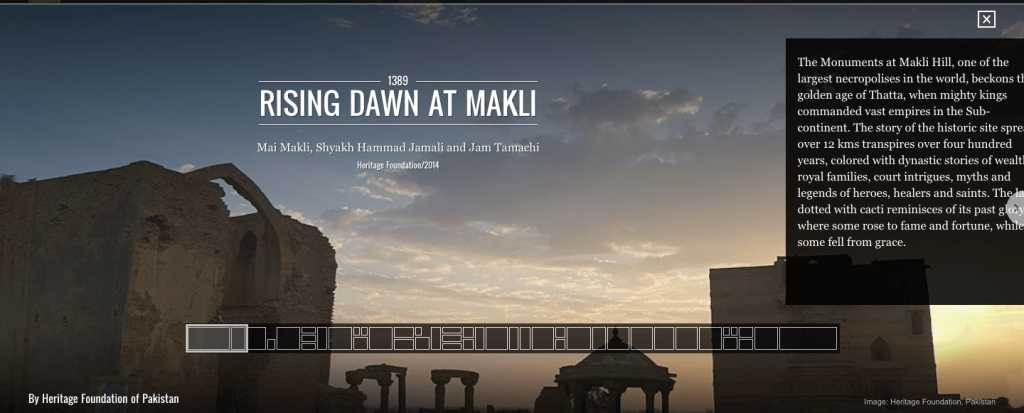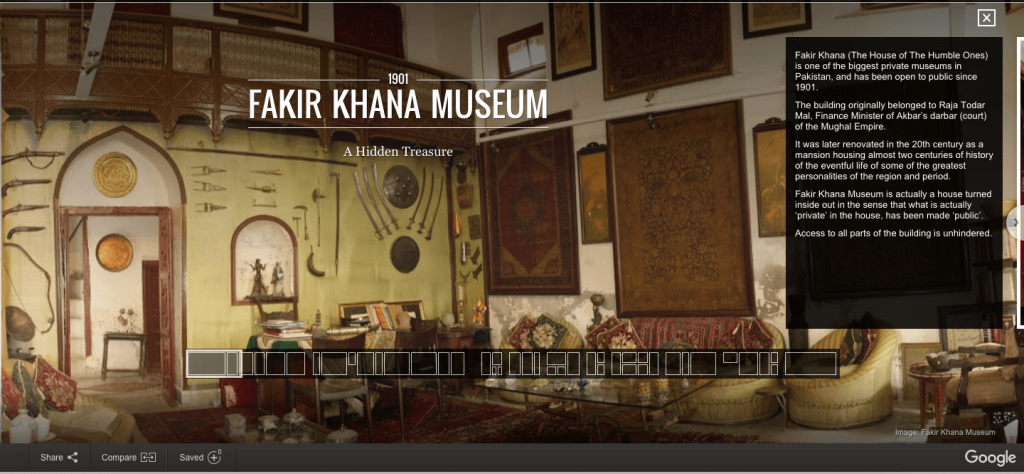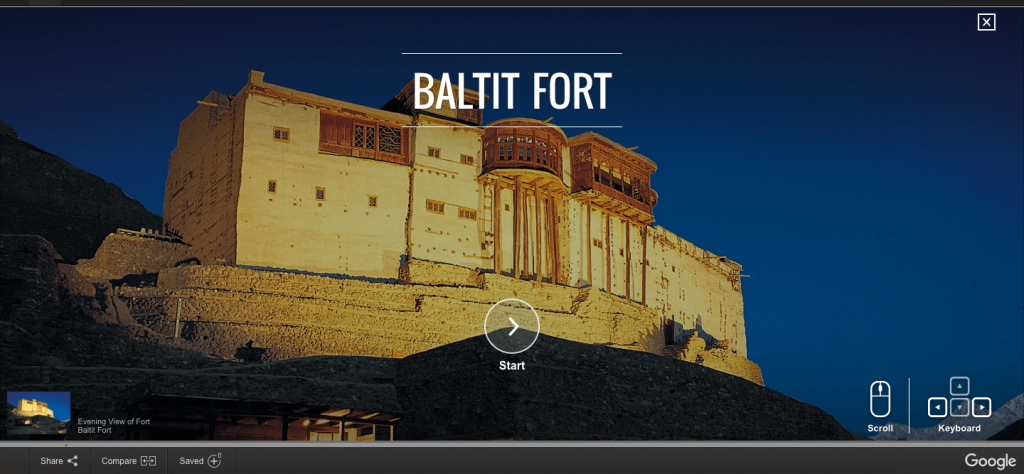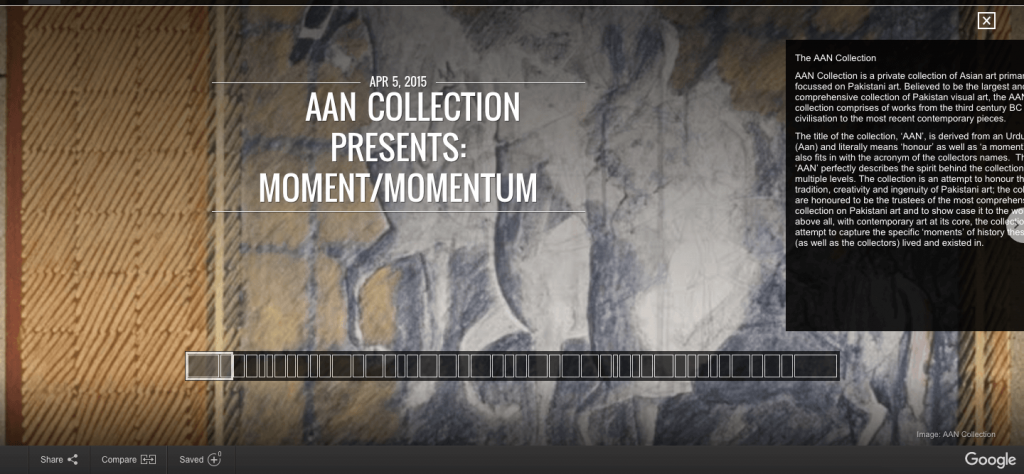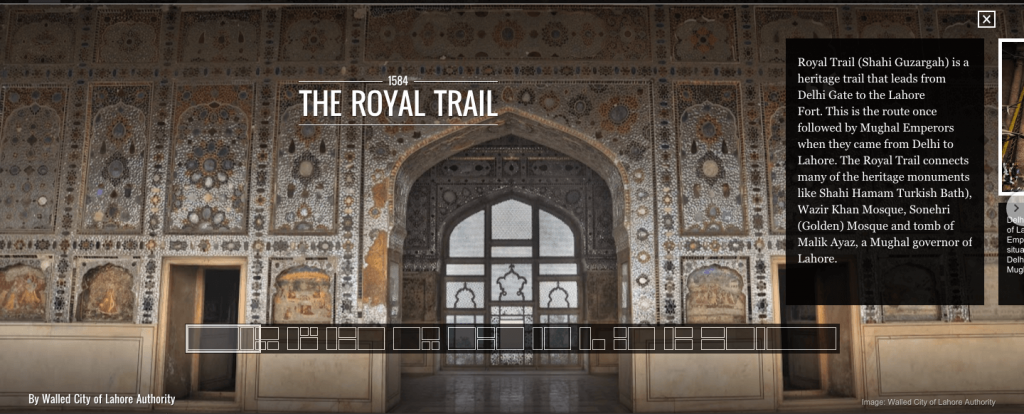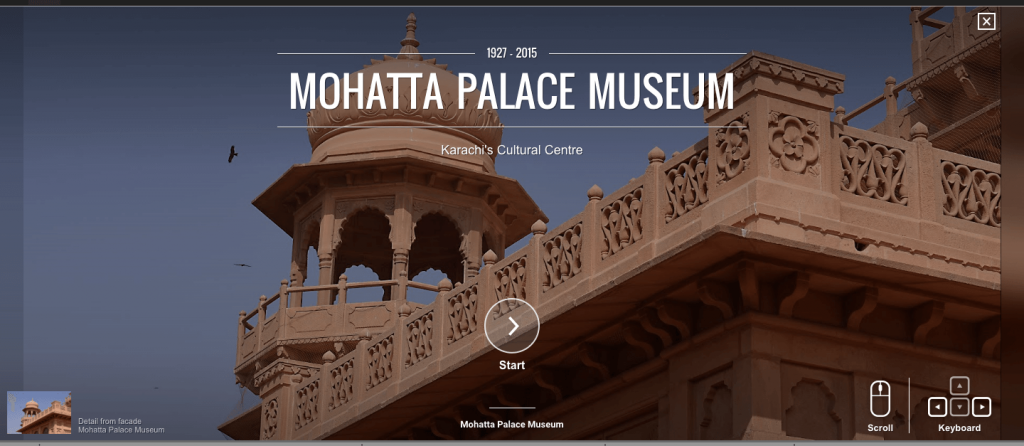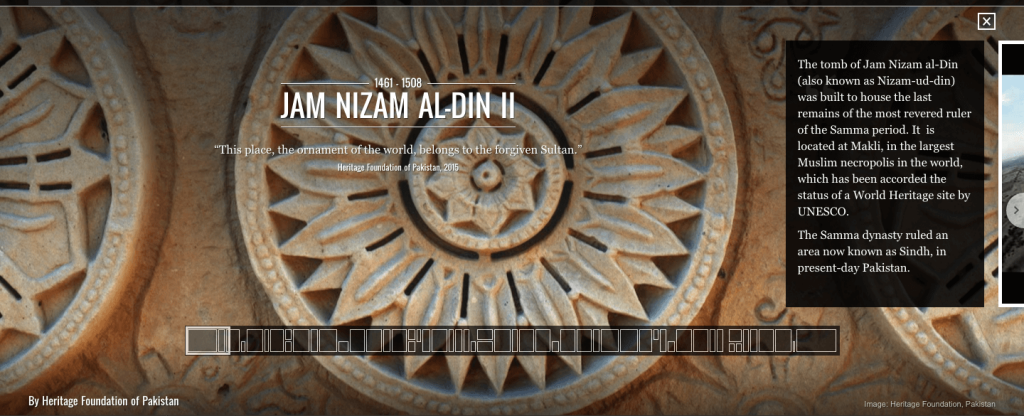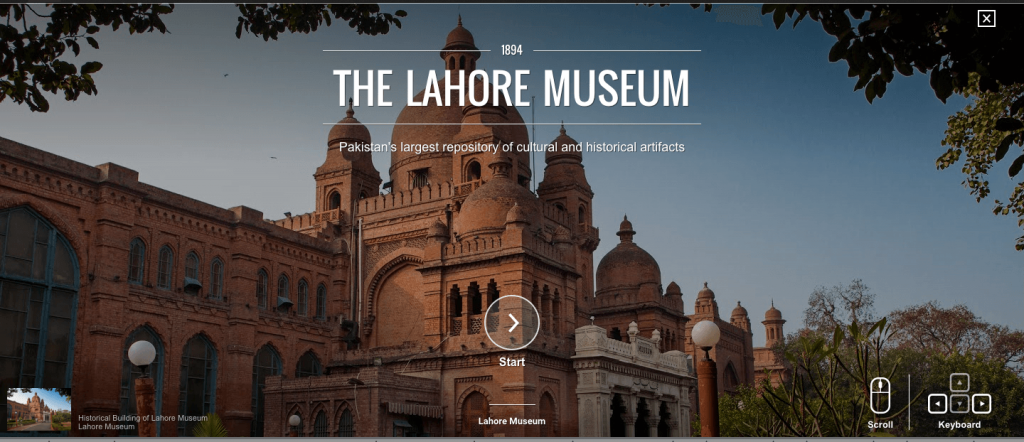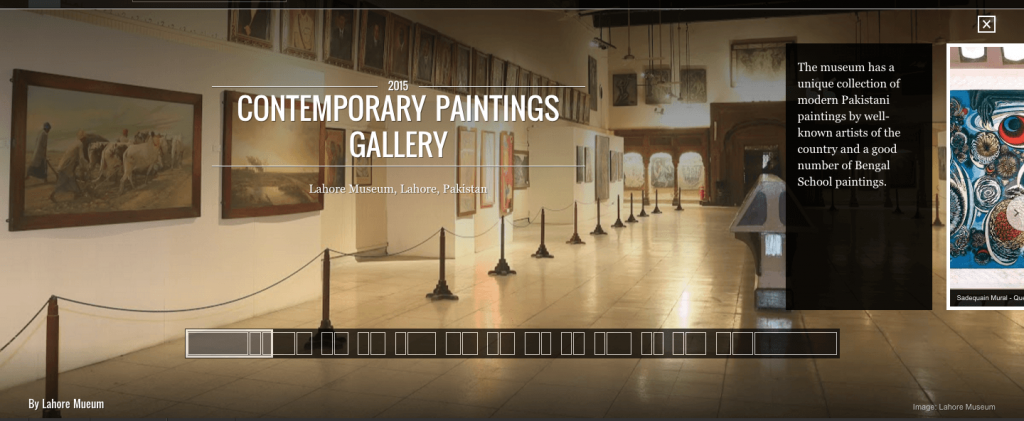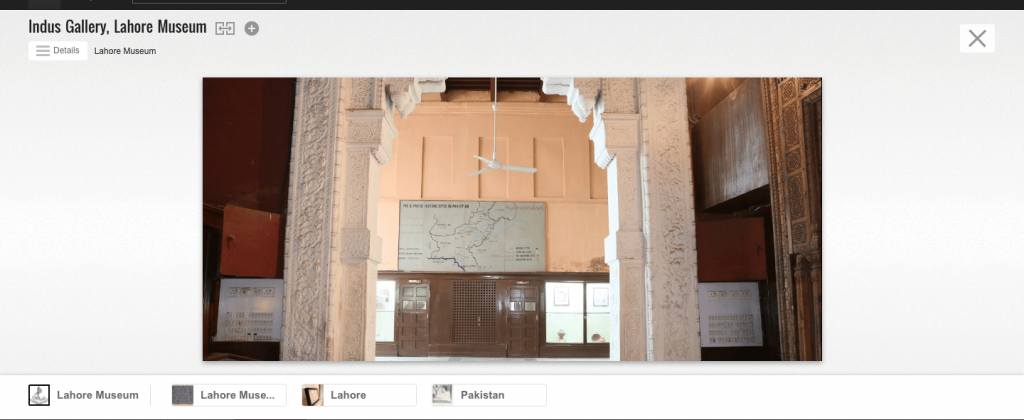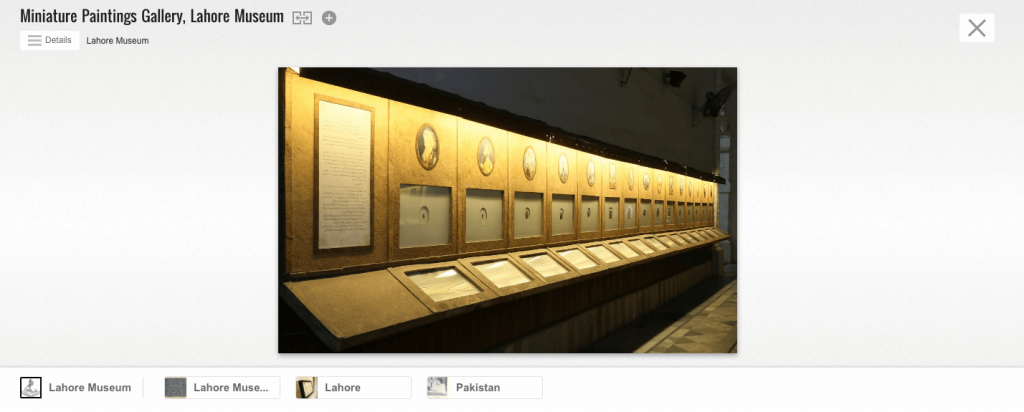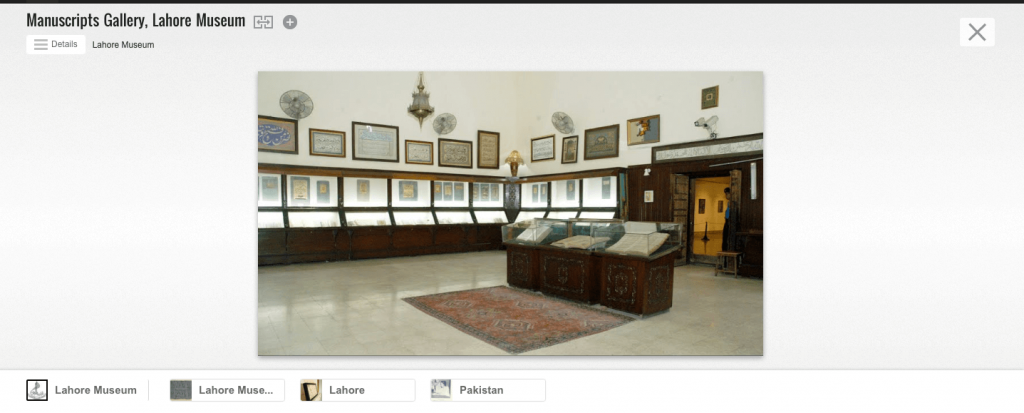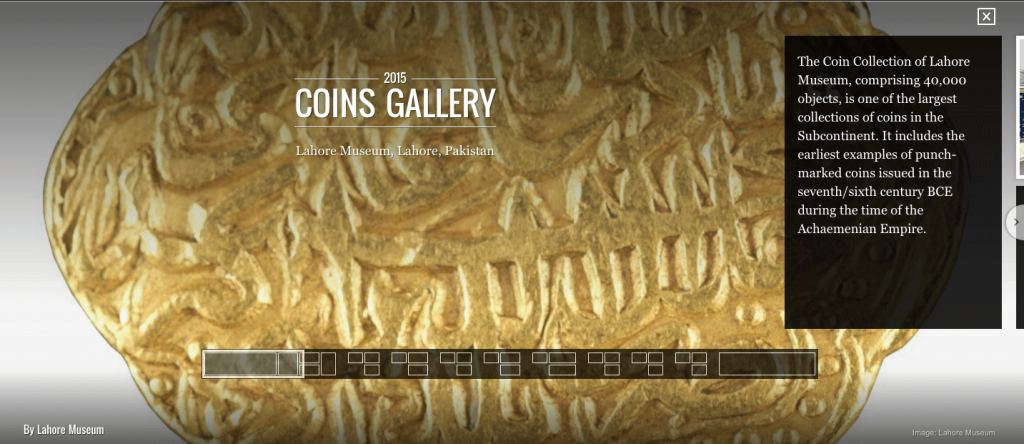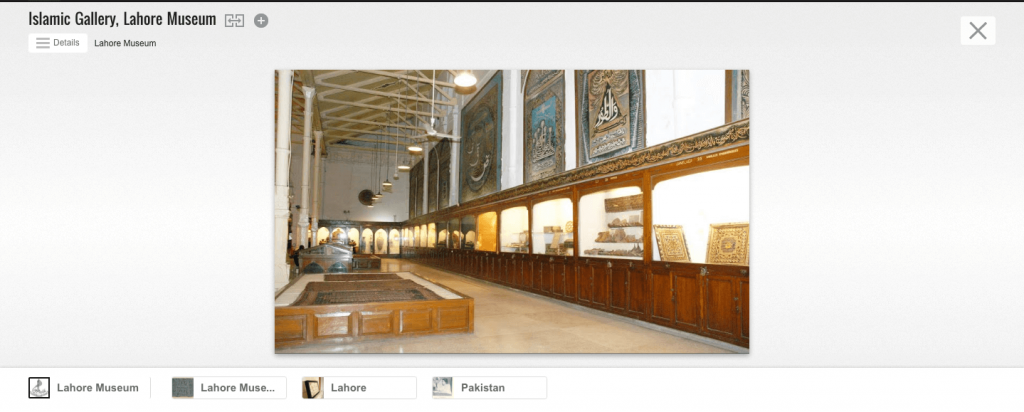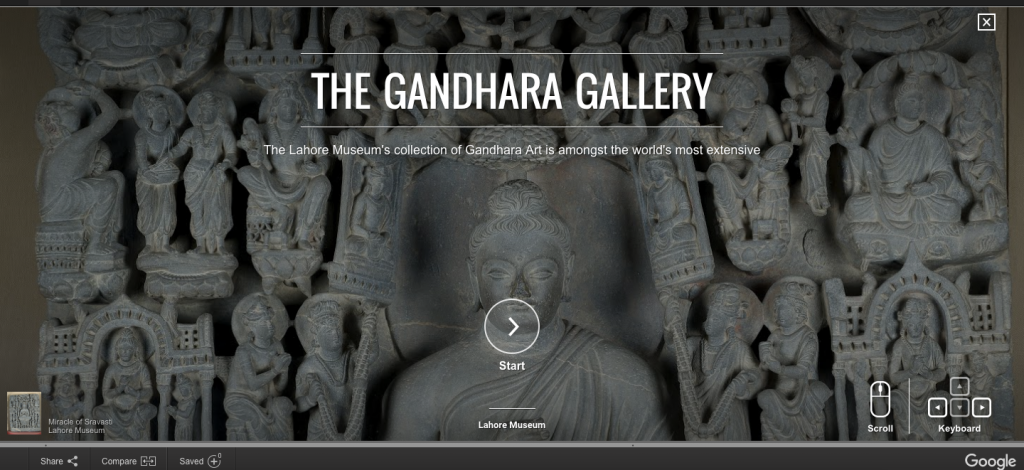Google Cultural Institute Pakistan
Discover artworks, collections and stories from all around the world, especially Pakistan, in a new way. Explore treasures of art, history and culture in extraordinary detail and easily share with your friends.
Art Culture and history from Pakistan
‘Google Cultural Institute Pakistan’ is an initiative unveiled by Google following the 2011 launch of the Google Art Project. It was “an effort to make important cultural material available and accessible to everyone and to digitally preserve it to educate and inspire future generations”. The Google Cultural Institute has partnered with a number of institutions to make exhibition and archival content available online.
The Cultural Institute includes the Google Art Project, which features high-resolution images of artworks from museums in over 40 countries; the World Wonders Project, which presents three-dimensional recreations of world heritage sites; and archival exhibitions, many in partnership with museums around the world.
In mid-2013, Google Cultural Institute decided to showcase historical assets of Pakistan, and assigned Business & Management Consultants (BMC) to handle the project. BMC took it from the stage of hiring the project management and technical team, to identifying potential partners, getting the contracts signed, identifying the top of the line photographic resources of Pakistan and hiring them to capture the images.
Its project and technical team worked with the partners to prepare the exhibits according to the template of the platform, and have it quality checked by the Google teams based in Singapore and London.
Google has called this collection the ‘Wonders of Pakistan’.
The partners and their exhibits are:
RISING DAWN AT MAKLI
Source: Google Cultural Institute
Makli, the largest Muslim catacomb in the world, the golden time period of Thatta, when mighties commanded and rule enormous empires of the Sub Continent. This historic side, spread over 12kms, dates back to four hundred years, complemented by dynastic accounts, of kings and queens, myths and legends, heroes and the glorious battles they fought. The land marked by cacti, symbolises its triumph, fame and fortune, rise of some, fall of the others.
THE NECROPOLIS OF MAKLI THATTA
Source: Google Cultural Institute
The penetrating tranquility of over more than a million graves, awash with peace and quiet, Makli invites you on. Spread over 12kms, and a home to over 70 identified heritages and over 400 graves, Makli was entitled as World Heritage by UNESCO in 1981.
FAKIR KHANA MUSEUM
Source: Google Cultural Institute
Fakir Khana or The House of the Humble ones, is one of the biggest private museums in Pakistan, which had been opened to public in the 1900s. The building was originally a property of Todar Mal, Khazanchi of Jalaluddin Akbar’s court in the Mughal era.It was renovated in the 20th century, featuring almost two centuries of chronicles of the strenuous lifestyles of some of the most celebrated personalities of the time period and era. Fakir Khana in fact is a house turned inside out, emphasizing the notion that whatever was “private” has been made “public”. Which is why every part of this mansion/house is available for public to explore.
BALTIT FORT
Source: Google Cultural Institute
Baltit Fort, situated in the Gilgit-Baltistan region, among the Karakorum range, Baltit Fort stands on the Ultar Glacier in the middle of Hunza Valley. The grandeur of Baltit Fort dates back Ayasho II, Mir of Hunza Valley, who married Shah Khatoon, princess of Baltistan, in the early 15th century, some 700 years.
AAN COLLECTION
Source: Google Cultural Institute
Aan Collection, considered to be the biggest and most private collection of Asian Art, AAN is a private collection of artifacts, primarily Pakistani visual art. It features works from the third century Gandhara civilization to the most recent contemporary Pakistani artifacts. AAN, the name has been derived from Urdu word Aan, translating to “honour” and also “a moment”. The name also conforms with the acronym of the collectors’ names. The word perfectly makes sense of the primary motive behind the collection on different levels. It is an attempt to honour the rich pakistani culture, its ingenuity and creativity. Not only that but the collectors also feel obliged and honoured to be a part of the greatest collection of Pakistani art and to feature it for the world to see. But above all, this art at its core, is an attempt to capture and live in the “moment(s)” that this art was made, lived and existed in.
WAZIR KHAN MOSQUE
Source: Google Cultural Institute
Wazir Khan Mosque, architecture flourished and evolved throughout the Mughal Empire during Shah Jehan’s reign. Shah Jehan’s masterpiecesinclude The renowned Taj Mahal and the tomb of his beloved wife, Mumtaz. The Peacock Throne, situated in Delhi, is considered to be the most immaculate, intricate and embellished work by far, all over the world, was also built during his reign. A couple other architectural wonders were also supervised and renovated by Shah Jehan, including Jehangir’s tomb and the Shah Jehan Mosque in Thatta.
THE ROYAL TRAIL
Source: Google Cultural Institute
The Shahi Guzargah or the Royal Trail is a trail that leads from Lahore to Delhi and vice versa. It is named so because it was a common route taken by Mughal Emperors whenever they traveled from Lahore to Delhi or otherwise. The Shahi Guzargah is dotted with many monumental structures like Shahi Hammam, Masjid Wazir Khan and Sunehri Masjid to name a few, throughout its course.
MOHATTA PALACE MUSEUM
Source: Google Cultural Institute
Spread over 12000 sq. yards, the grand Mohatta palace was built somewhere in the 1920s, as a side home of a rich Marwari Business in Karachi, Rai Bahadur Seth Shivratan Mohatta. The architecture and materials that have been used in the construction are a testament of both the care and love for this artifact, and the amount of expenses lavished on this wistful structure.
JAM NIZAM AL-DIN II
Source: Google Cultural Institute
Jam Nizam al-Din or Nizam-ud-Din was one of the most admired and revered ruler of Samma era in the Muslim history. The shrine of this great ruler was built to safeguard and preserve the his last remains for his followers. It is situated in largest Muslim catacomb, Makli, and has been entitled as World Heritage by UNESCO. The Samma emperors ruled the land, now known as Sindh in current Pakistan.
THE LAHORE MUSEUM
Source: Google Cultural Institute
Pakistan’s largest repository of historical and cultural artifact, The Lahore Museum is located on The Mall, just beside National College of Arts. The grand red-brick masterpiece is an remainder and reminder of the Mughal Architecture. It falls among one of the most prestigious structures built by the British during 1800s-1900s. It is a home to many different artistic, historical and cultural antiquities. The Gandhara art collection, old coins, miniature paintings and rare manuscripts are popular throughout the world.
CONTEMPORARY PAINTINGS GALLERY
Source: Google Cultural Institute
Situated inside the Lahore Museum, this gallery features many modern art paintings by popular artists of the country and also several paintings by artists from Bengal School of Arts.
POSTAGE STAMPS GALLERY LAHORE MUSEUM
Source: Google Cultural Institute
INDUS GALLERY LAHORE MUSEUM
Source: Google Cultural Institute
HINDU BUDDHIST AND JAIN GALLERY LAHORE MUSEUM
Source: Google Cultural Institute
MINIATURE PAINTINGS GALLERY LAHORE MUSEUM
Source: Google Cultural Institute
PAKISTAN MOVEMENT GALLERY LAHORE MUSEUM
Source: Google Cultural Institute
MANUSCRIPTS GALLERY LAHORE MUSEUM
Source: Google Cultural Institute
ARMS GALLERY LAHORE MUSEUM
Source: Google Cultural Institute
COINS GALLERY LAHORE MUSEUM
Source: Google Cultural Institute
ISLAMIC GALLERY LAHORE MUSEUM
Source: Google Cultural Institute
THE GANDHARA GALLERY
Source: Google Cultural Institute
The Gandhara Gallery, comprising Peshawar Valley, Swat, Bajaur, Buner, Western Punjab and Eastern Afghanistan, Gandhara is one of the 42 provinces of Persian Achaemenian Empire. The Gandhara Art evolved somewhere during 1-5 centuries. This art is a combination of Indian and Hellenic influences, evolved mainly during the reign of Kushans, with accordance from Parthians, Scythians and Greeks. This art also established Buddha’s reflection and the iconography that followed influenced Buddhist Art across the world.
The Google Cultural Institute Pakistan project was launched on 20th August, 2015

